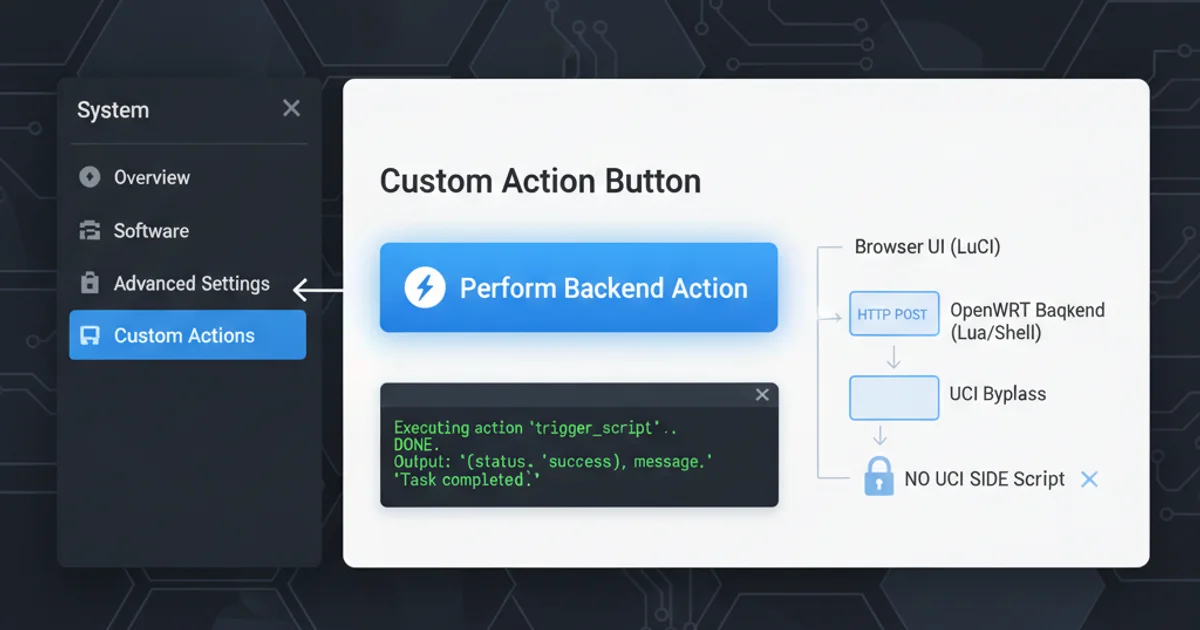Aggregation and Composition in Java Code
Categories:
Understanding Aggregation and Composition in Java

Explore the fundamental differences and practical applications of aggregation and composition, two crucial object-oriented relationships in Java.
In object-oriented programming (OOP), understanding how objects relate to each other is paramount for designing robust and maintainable systems. Java, being an object-oriented language, provides mechanisms to define these relationships. Among the most common and often confused are aggregation and composition. Both represent 'has-a' relationships, meaning one object contains another, but they differ significantly in terms of ownership and lifecycle dependency. This article will demystify these concepts, provide clear examples, and guide you on when to use each.
The 'Has-A' Relationship: A Foundation
Before diving into the specifics of aggregation and composition, it's important to grasp the 'has-a' relationship. This describes a scenario where one class contains an instance of another class as a member. For example, a Car 'has-a' Engine, or a Library 'has-a' Book. This is distinct from an 'is-a' relationship, which is represented by inheritance.
Aggregation: A Weak 'Has-A' Relationship
Aggregation represents a weak 'has-a' relationship where the contained object can exist independently of the container object. It implies that the contained object can be shared by multiple container objects, or it can exist even if the container object is destroyed. Think of it as a 'part-of' relationship where the part can exist without the whole.
Key characteristics of aggregation:
- Independent Lifecycles: The contained object's lifecycle is not dependent on the container object's lifecycle. If the container is destroyed, the contained object can persist.
- Shared Ownership: The contained object can be associated with multiple container objects.
- Loose Coupling: Changes to one object are less likely to severely impact the other.
classDiagram
class Department {
-String name
+addProfessor(Professor p)
}
class Professor {
-String name
-String subject
}
Department "1" o-- "*" Professor : hasAggregation: A Department has Professors, but Professors can exist independently.
class Professor {
String name;
String subject;
public Professor(String name, String subject) {
this.name = name;
this.subject = subject;
}
public void teach() {
System.out.println(name + " is teaching " + subject);
}
}
class Department {
String name;
List<Professor> professors;
public Department(String name) {
this.name = name;
this.professors = new ArrayList<>();
}
public void addProfessor(Professor professor) {
this.professors.add(professor);
}
public void displayProfessors() {
System.out.println("Department: " + name);
for (Professor p : professors) {
p.teach();
}
}
}
public class AggregationExample {
public static void main(String[] args) {
Professor p1 = new Professor("Dr. Smith", "Computer Science");
Professor p2 = new Professor("Dr. Jones", "Mathematics");
Department csDept = new Department("Computer Science");
csDept.addProfessor(p1);
csDept.addProfessor(p2);
csDept.displayProfessors();
// Professor p1 can exist even if csDept is destroyed or goes out of scope
p1.teach(); // Still callable
}
}
Java example demonstrating aggregation between Department and Professor.
Composition: A Strong 'Has-A' Relationship
Composition represents a strong 'has-a' relationship where the contained object cannot exist independently of the container object. It implies a strict ownership, and if the container object is destroyed, the contained object is also destroyed. Think of it as a 'part-of-the-whole' relationship where the part is essential and cannot exist without the whole.
Key characteristics of composition:
- Dependent Lifecycles: The contained object's lifecycle is strictly dependent on the container object's lifecycle. If the container is destroyed, the contained object is also destroyed.
- Exclusive Ownership: The contained object is typically owned by only one container object.
- Strong Coupling: Changes to the container object might directly impact the contained object, and vice-versa, due to their tight dependency.
classDiagram
class Car {
-String make
-String model
+start()
}
class Engine {
-String type
+ignite()
}
Car "1" *-- "1" Engine : hasComposition: A Car has an Engine, and the Engine cannot exist without the Car.
class Engine {
String type;
public Engine(String type) {
this.type = type;
System.out.println("Engine of type " + type + " created.");
}
public void ignite() {
System.out.println(type + " engine ignited!");
}
// Destructor-like behavior (in Java, handled by GC, but conceptually tied to Car's lifecycle)
public void destroy() {
System.out.println(type + " engine destroyed.");
}
}
class Car {
String make;
String model;
Engine engine; // Composition: Car 'owns' an Engine
public Car(String make, String model, String engineType) {
this.make = make;
this.model = model;
this.engine = new Engine(engineType); // Engine is created with the Car
System.out.println(make + " " + model + " car created.");
}
public void start() {
System.out.println(make + " " + model + " is starting...");
engine.ignite();
}
// When the Car object is garbage collected, its Engine object will also eventually be eligible for GC.
// For demonstration, we can simulate destruction.
public void dismantle() {
System.out.println(make + " " + model + " car is being dismantled.");
engine.destroy(); // Engine is destroyed with the Car
this.engine = null; // Dereference
}
}
public class CompositionExample {
public static void main(String[] args) {
Car myCar = new Car("Toyota", "Camry", "V6");
myCar.start();
System.out.println("\n--- Simulating Car destruction ---");
myCar.dismantle();
// After myCar.dismantle(), the engine object is conceptually gone with the car.
// In Java, actual memory deallocation is handled by the garbage collector.
}
}
Java example demonstrating composition between Car and Engine.
Choosing Between Aggregation and Composition
The choice between aggregation and composition depends entirely on the nature of the relationship you want to model. Consider the following:
- Lifecycle Dependency: Does the contained object's existence depend on the container? If yes, composition. If no, aggregation.
- Ownership: Is the contained object exclusively owned by the container, or can it be shared? Exclusive ownership points to composition; shared ownership points to aggregation.
- Business Logic: How does the business domain define the relationship? A
Bookcan exist without aLibrary(aggregation), but aHousecannot exist withoutRooms(composition).
Misusing these relationships can lead to design flaws, such as memory leaks (if objects are not properly dereferenced when they should be destroyed) or overly rigid systems that are hard to extend.